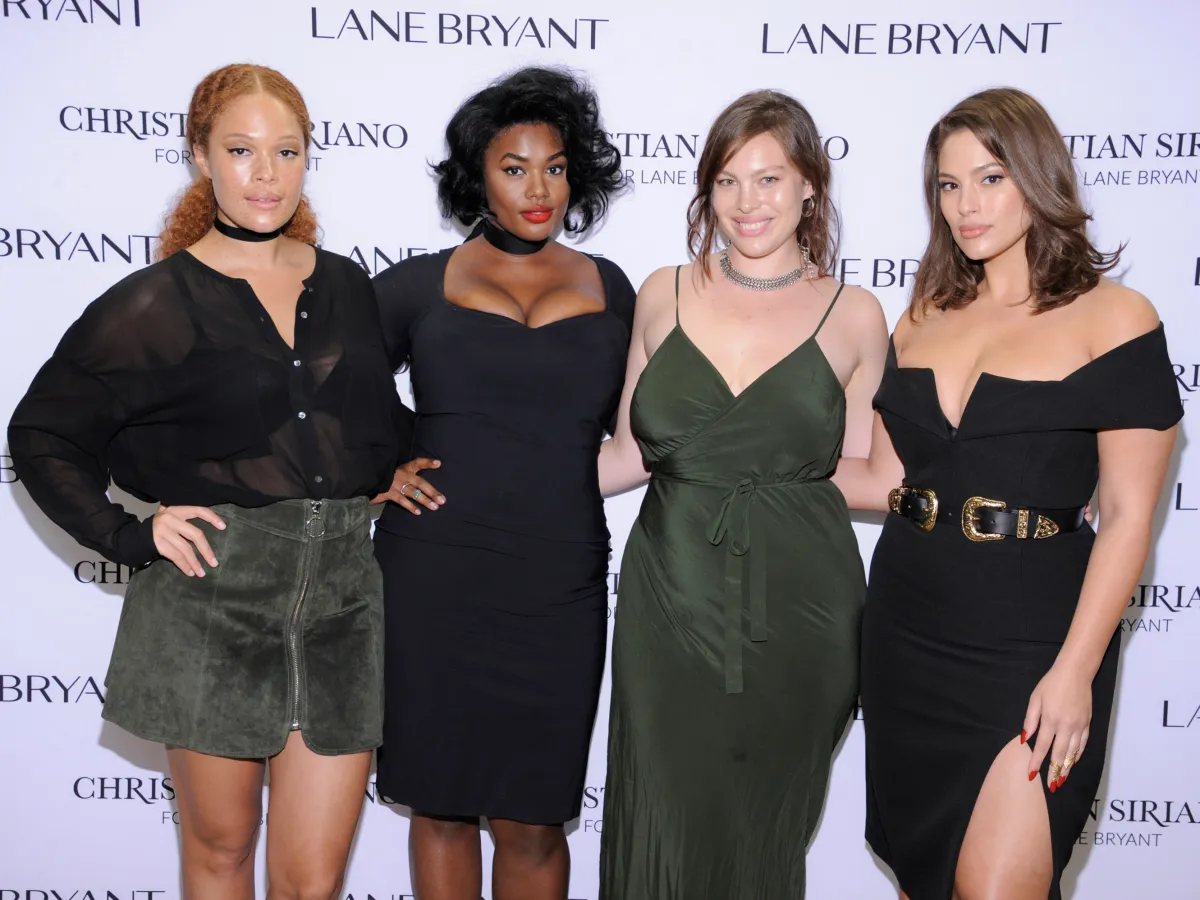
The Evolution of Plus-Size Fashion: From Marginalization to Mainstream
The fashion industry has historically been criticized for its narrow beauty standards, often sidelining plus-sized individuals. However, in recent years, there has been a significant shift. This article would trace the evolution of plus-size fashion, highlighting key milestones, influential designers, and brands that have championed inclusivity. It would also delve into the cultural and societal factors that have contributed to this change, emphasizing the importance of representation and body positivity.
The Early Days: A Brief History of Plus-Size Fashion
In the fashion annals, the representation of plus-size individuals was often an afterthought. Historically, mainstream fashion catered predominantly to standard sizes, leaving those outside this bracket with limited options. The 20th century saw the emergence of specialty stores catering to fuller figures, but these were often relegated to the background. It wasn’t until the late 1980s and 1990s that a more significant shift began, with brands recognizing the potential of the plus-size market.
Key Players: Brands and Designers Leading the Charge Towards Inclusivity

The journey towards inclusivity in fashion has been led by trailblazers who recognized the need for change. Brands like Lane Bryant and Torrid emerged as frontrunners in the plus-size fashion scene, offering stylish and contemporary options for fuller figures. High-end designers, too, began to take notice. Icons like Christian Siriano and Michael Kors have consistently showcased plus-size models, challenging the industry’s narrow beauty standards and proving that style is not confined to size.
The Role of Social Media: Amplifying Voices of Plus-Sized Influencers and Models
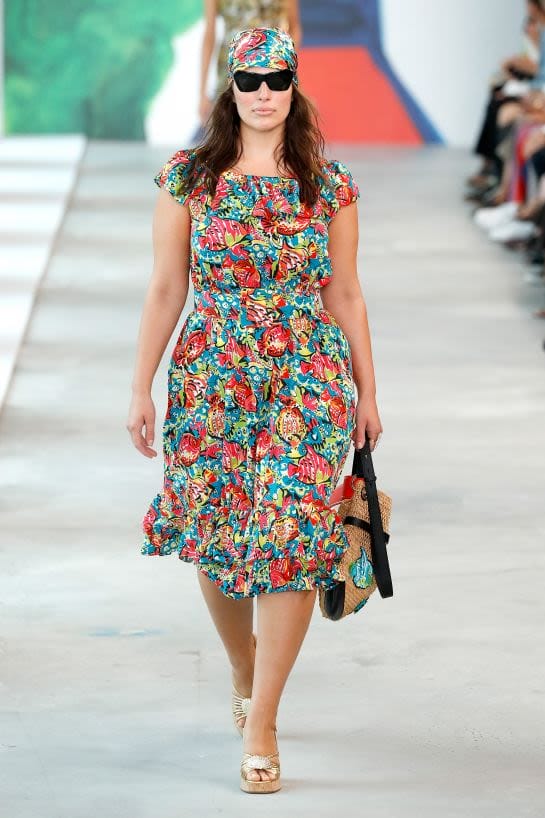
The digital age brought with it a democratization of fashion. Platforms like Instagram and TikTok became stages for plus-sized influencers and models to showcase their style, challenge stereotypes, and build communities. Influencers like Tess Holliday, Ashley Graham, and NikkieTutorials have used their platforms to advocate for body positivity, garnering millions of followers and reshaping the narrative around beauty and self-worth. Their impact has been profound, pushing brands to be more inclusive in their campaigns and product lines.
Challenges Still Faced: The Hurdles That Remain

While the strides towards inclusivity have been significant, challenges persist. Tokenistic representation, where brands include plus-size models in campaigns without genuinely catering to plus-sized consumers, remains an issue. Sizing inconsistency across brands can be frustrating for consumers. Additionally, there’s a need for more diverse representation within the plus-size community itself, ensuring that all ethnicities, ages, and body types are celebrated and represented.
The Future of Plus-Size Fashion: Trends and Predictions for the Coming Years
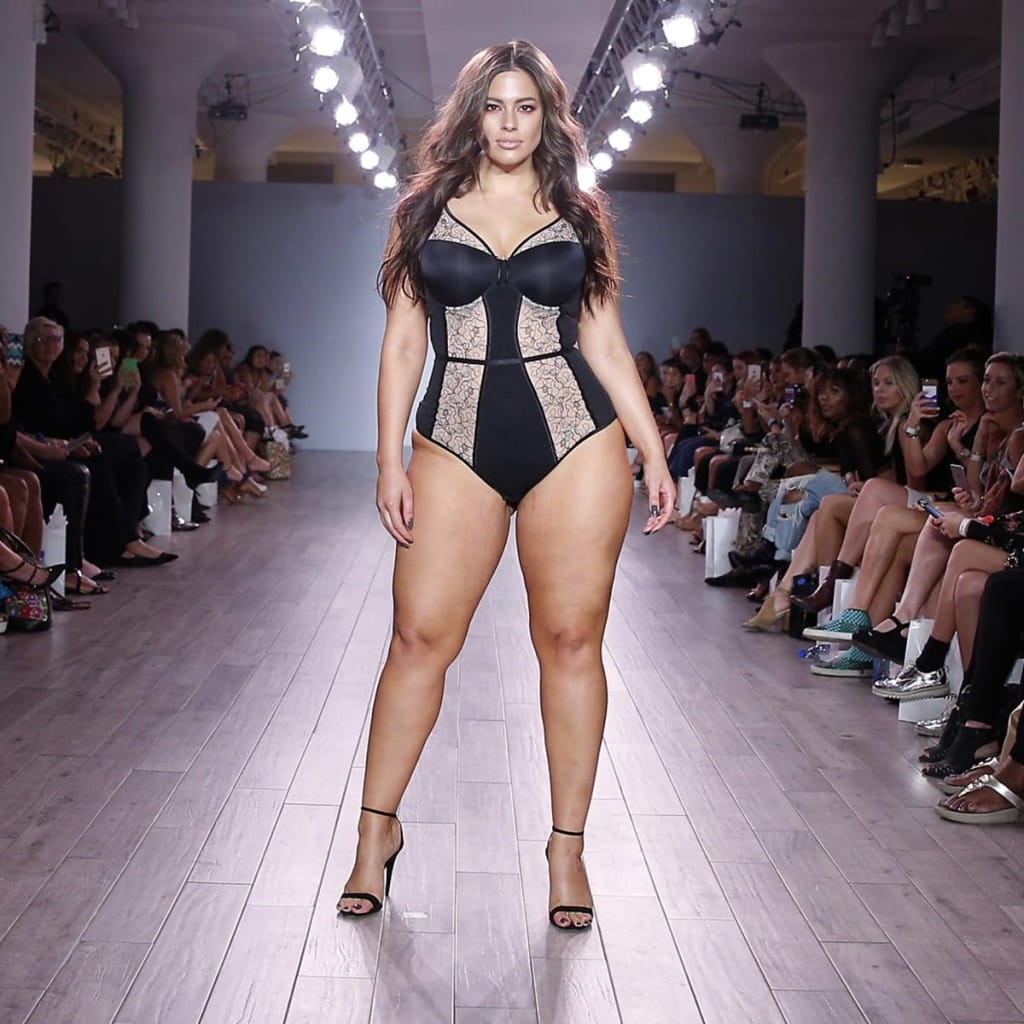
The future of plus-size fashion looks promising. With technology at its helm, we’re seeing innovations like virtual fitting rooms and AI-driven style recommendations catering to plus sizes. Sustainable fashion is another growing trend, with brands focusing on eco-friendly plus-size collections. Collaborations between mainstream designers and plus-size influencers are on the rise, pointing towards a future where fashion is truly for all, devoid of size constraints.
Body Positivity vs. Health: Navigating the Conversation
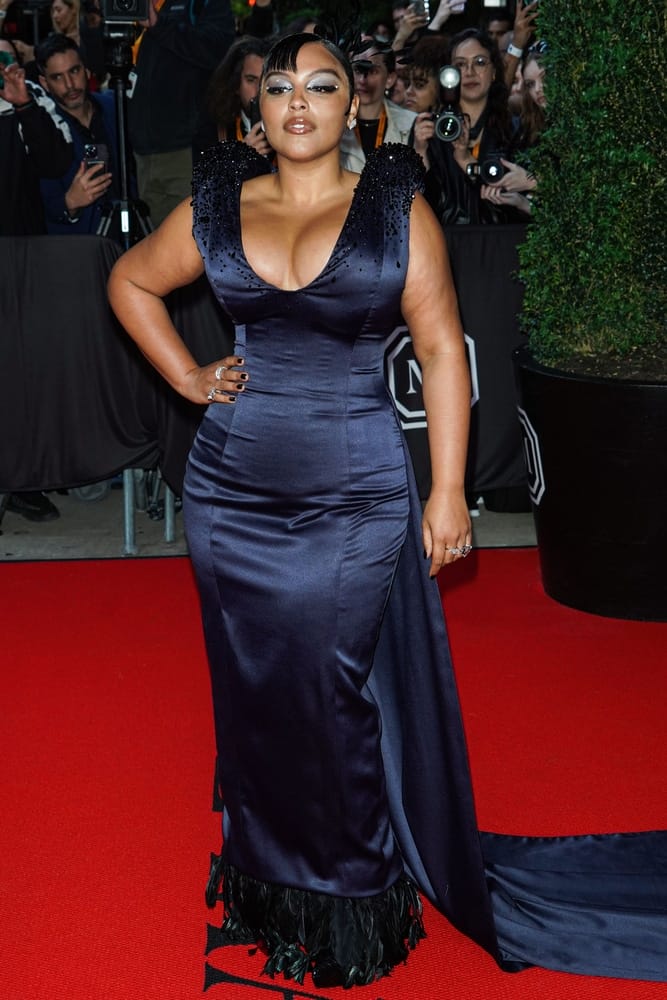
The body positivity movement has been a beacon of hope for many, emphasizing self-love and acceptance. However, it often finds itself at the crossroads with health advocates who stress the importance of maintaining certain health standards. It’s essential to understand that body positivity isn’t about promoting unhealthy lifestyles but rather about breaking free from societal beauty standards. At the same time, it’s crucial to approach health from a holistic perspective, considering both mental and physical well-being, without resorting to body-shaming.
The Economic Impact: Plus-Size Fashion as a Market Force
The plus-size fashion industry is no longer a niche market. Recent studies have shown a surge in sales figures for plus-size apparel, indicating a shift in consumer demand. Brands that once hesitated to venture into the plus-size market are now recognizing its potential. With the global plus-size market expected to reach significant heights in the next few years, it’s evident that plus-sized consumers hold substantial economic power, pushing brands to innovate and expand their offerings.
Global Perspectives: Plus-Size Fashion Around the World
Fashion is a global language, but beauty standards vary across cultures. In Africa, for instance, vibrant prints and flowing garments celebrate fuller figures, while in parts of Asia, traditional wear is being reimagined to cater to diverse body types. The West has seen a surge in plus-size fashion trends, with runway shows and fashion weeks dedicating segments to inclusivity. These global shifts underscore a universal move towards a more inclusive fashion narrative, celebrating beauty in all its forms.
The Role of Men: Plus-Size Fashion Beyond Gender Norms
The narrative around body positivity and plus-size fashion often centers on women, but it’s essential to recognize that men, too, grapple with body image issues. Brands like ASOS and DXL have expanded their collections to cater to plus-sized men, offering stylish and comfortable options. Influencers like Zach Miko and Troy Solomon are breaking stereotypes, showcasing that style knows no size. As the conversation around male body positivity grows, the fashion industry is taking note, ensuring that inclusivity isn’t limited by gender.
Education and Advocacy: The Next Generation’s Role
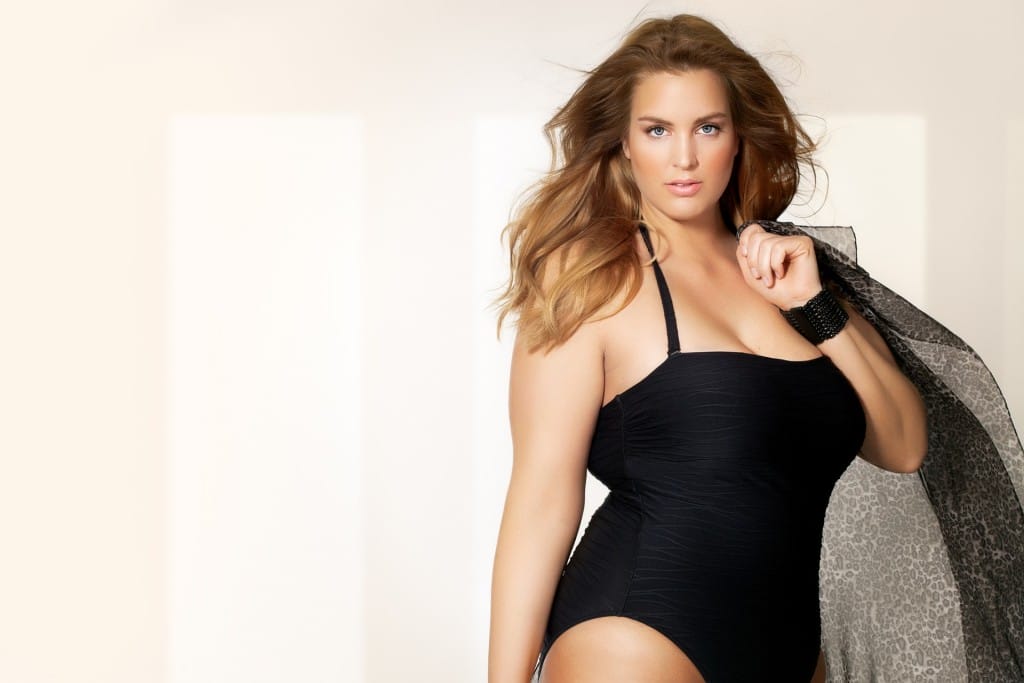
Empowering the next generation with a balanced view of beauty and self-worth is crucial. Schools and community programs are integrating body positivity into their curriculums, teaching young people the value of self-acceptance. Influencers and celebrities are leveraging their platforms to advocate for change, ensuring that the youth are exposed to diverse beauty standards. As the next generation grows up surrounded by these inclusive narratives, the hope is for a future where every individual feels valued and represented.
Fantastic article – I really love the focus on inclusivity and the “next generation”. Well done, Maggie!